Despite the wave of equality catching up in popular culture, increased conversations and public conscience about the matter, and more women having access to art education, today, female wrists still have a long way to go.
Reversing the damage of the past and establishing new ground for gender equality remains a troubling concern in all walks; the art world is no exception. The well-known status of women in the field continues to remain symbolic – inspiration as the subject of art, not the creators.
A lot of you will say that this is no longer the case – things have changed and equality now exists. Read on.
A look at an audit from as recent as 2013, reported in the Guardian, shows that “every artist in the top 100 auction sales last year was a man.” Not convinced? Read these NMWA facts.
In attempts to recover from the assaults of the patriarchal society, women all across the world have drawn a bold image to re-establish their status in the society.
Let’s meet a few influential women in art here:
1. Guerilla Girls
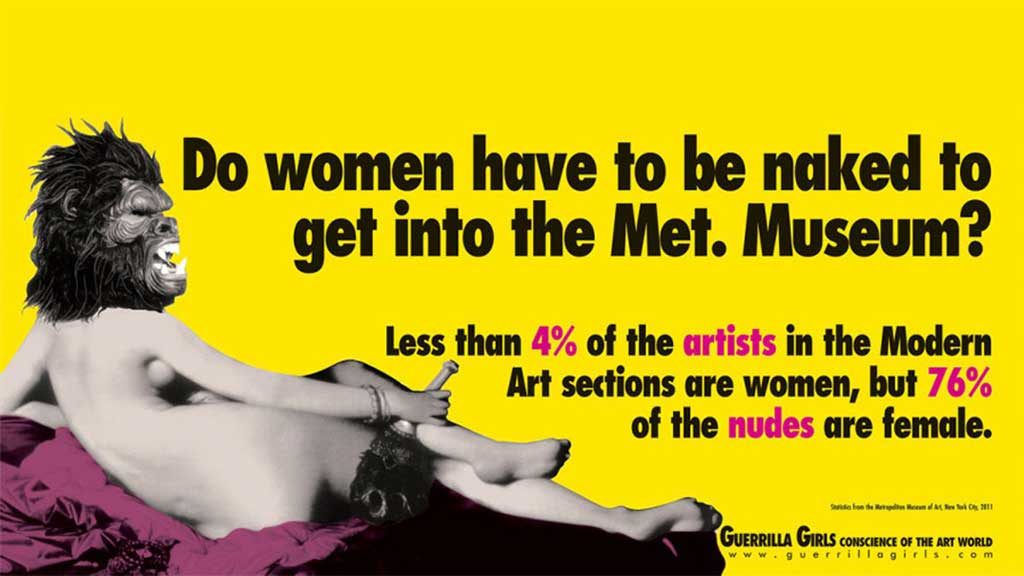
Celebrating their 30 anniversary this year, the Guerilla Girls continue to triumphantly question and disrupt the social trends within the art society. Founded in 1985, with the objective of highlighting inequality in art, the Guerrilla Girls began operation with seven masked women. They decided to revolt against the Museum of Modern Art’s exhibition “An International Survey of Recent Painting and Sculpture,” which sought to display the world’s most important contemporary artists, where only 13 of 169 were women and all of whom were white and predominantly from Europe or United States.
Their struggle to combat the deeply entrenched differentiation carries on even today, where they aim to ‘fight discrimination using facts’. In the late 1980’s, the Guerrilla Girls initiated a ‘weeny count’ that compared the nude males and nude females displayed within museums across New York.
These cold-hard statistics simply demonstrate the grim reality of the unambiguous gender imbalance in art. All of their activity asks only one question,
‘Are naked sculptures all that are left of women in art?”
2. Xiao Lu
Ever heard of an artist who walked into a museum, and fired shots at her own installation?
Meet Xiao Lu. A contemporary Chinese artist whose works have redefined the art scene in China. Xiao Lu’s composition had been up on display at the Avant- Garde exhibition in 1989.
“Dialogue” is one amongst the many attempts of women artists trying to express their need for equality, comprising of two telephone booths, each habituating a male and female student, who struggle to communicate with one another.
Dialogue highlights a lack of understanding between the two sexes. The violence of the gun shots expressed Xiao Lu’s feminist power and emotional release.
3. Kara Walker
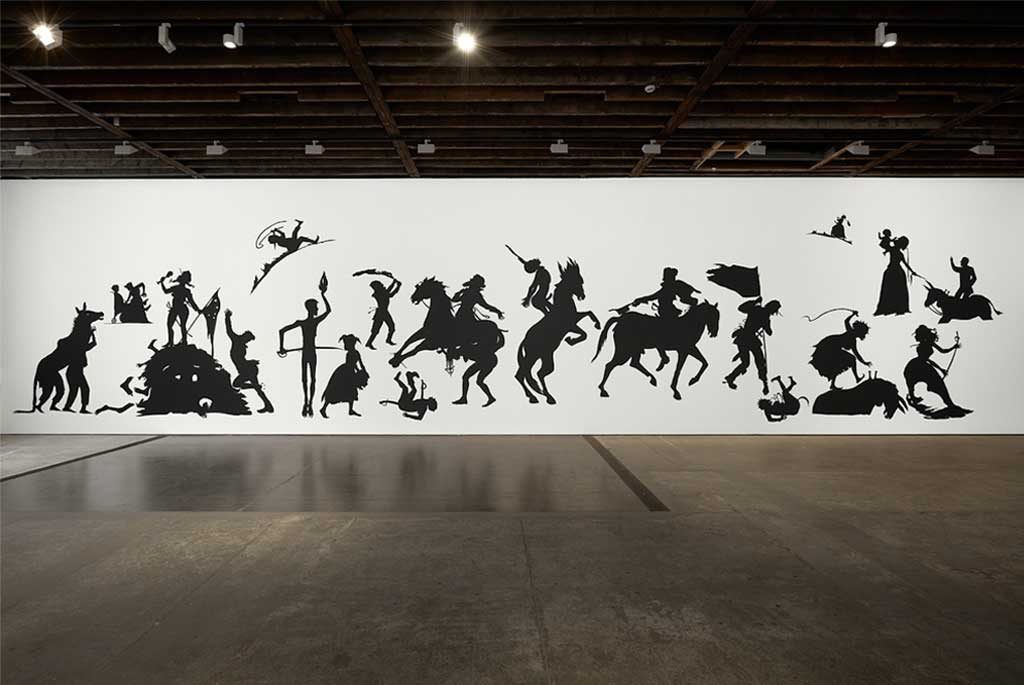
Yet another game-changer in the art industry, Kara Walker is an American contemporary artist who gained recognition for her white and black silhouettes that explore grave issues like slavery, racism and gender inequality.
Initially afraid to address controversial issues such as racial discrimination, Walker discovered her calling as an ‘influential artist’ – the ones who did more than collecting compliments in their basket.
Despite harbouring these concerns, Walker didn’t fail to inject humor in her compositions:
“I didn’t want a completely passive viewer,” she has said. “I wanted to make work where the viewer wouldn’t walk away; he would either giggle nervously, get pulled into history, into fiction, into something totally demeaning and possibly very beautiful.
4. Lynda Benglis

A profound artist from the minimalism district, Benglis employs artless materials such as latex and foam, cinched metal, dripped wax, and transforms them into something of substance.
Her unorthodox techniques strike a cultural reference that trace back to her admiration of antiquity. The sole reason to throw light on such distinctive artists is to reinstate the value that women add to the varying definitions of art, the presence of women in unconventional scenarios, like this one, poses to be the strongest argument for equality in art.
5. Marina Abramovic
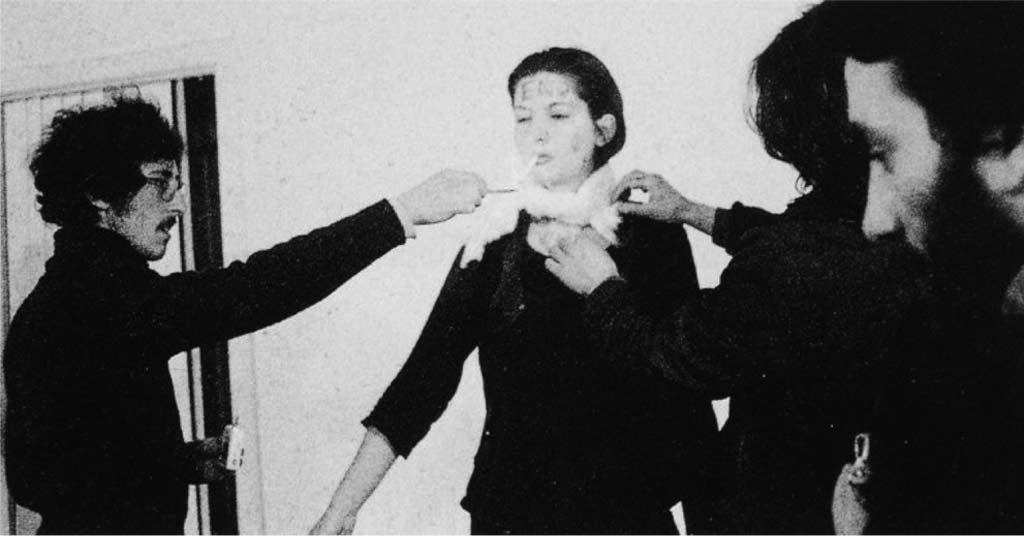
With her eccentric style, Marina Abramovic is best known for her proactive interaction with her audience.
In an endeavor to transmit the presence of the artist and make her historical performances accessible to a larger audience, Abramovic sets a new stage in the world of art, which is both made and owned by her.
She utilizes her art, which refers to as her ‘voice’ to express her thoughts on diverse aspects relating to individual struggles and tensions between the two sexes.
6. Corita Kent
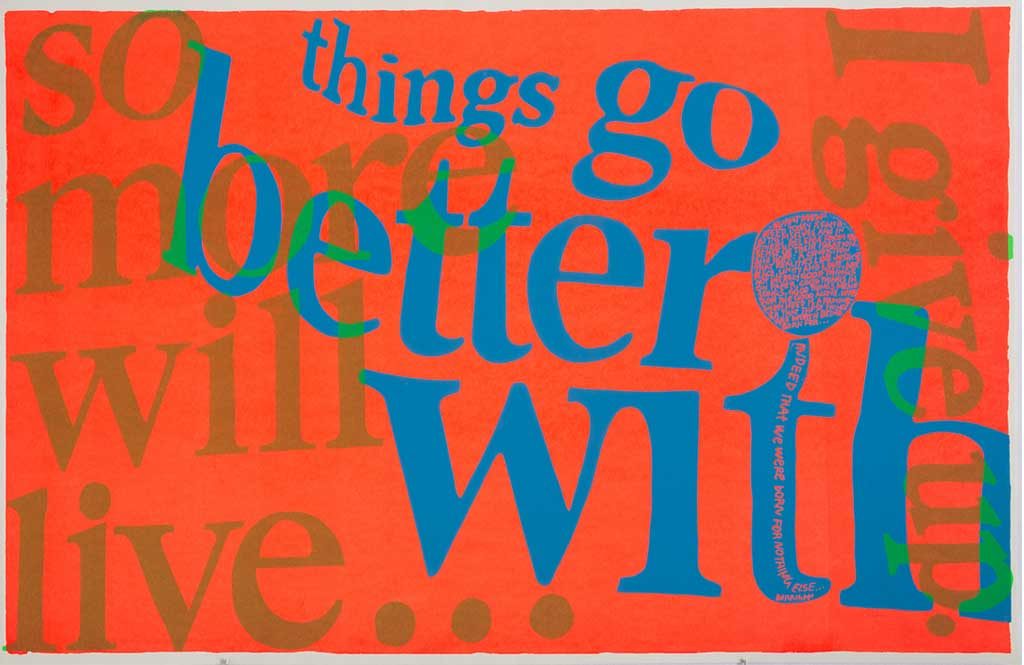
Formerly known as Sister Mary Corita Kent, Kent single-handedly took up the job of educating and drawing women towards the art industry.
She worked closely with silkscreen or serigraphy which she used to address the social upheavals during the 1960s and 1970s. Corita developed her own definition of Pop Art and manifested her visions into reality by inspiring many around her.
“Like a priest, a shaman, a magician, she could pass her hands over the commonest of the everyday, the superficial, the oh-so-ordinary, and make it a vehicle of the luminous, the only, and the hope filled.”
7. Zaha Hadid
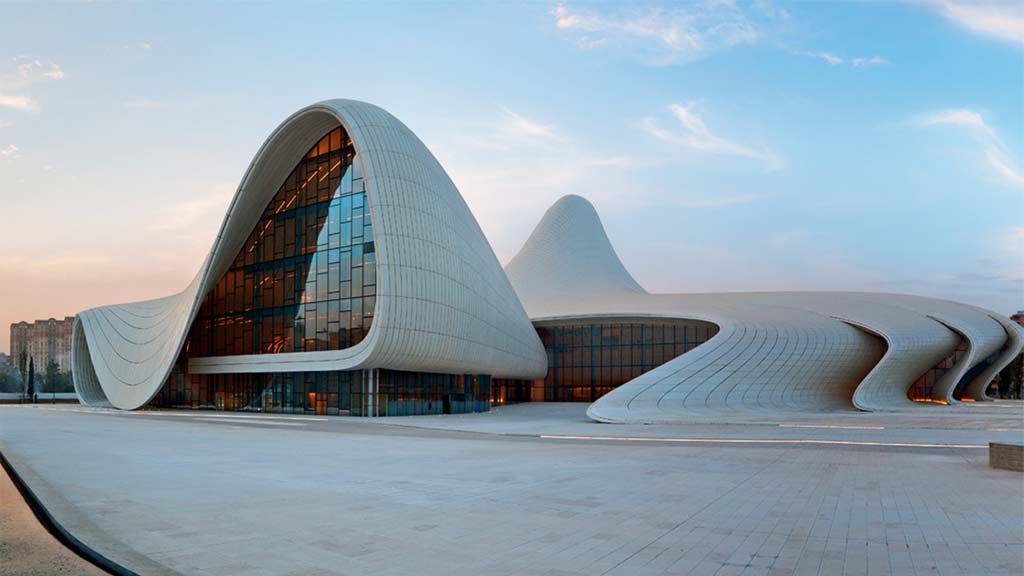
Although she doesn’t originate from the regular boundaries of art, this British-Iraqi woman was the first architect to be bestowed with the Pritzker Architecture Prize.
Her works are an honest outcome of letting women into the mainstream. With her bold and neofuturistic designs, Hadid has reformed the face of design in today’s world whilst establishing herself as a renowned architect.
One of the founders of the Gurreilla Girls once said,
“If you’re in a situation where you’re a little afraid to speak up, put a mask on. You’ll be surprised at what comes out of your mouth.”
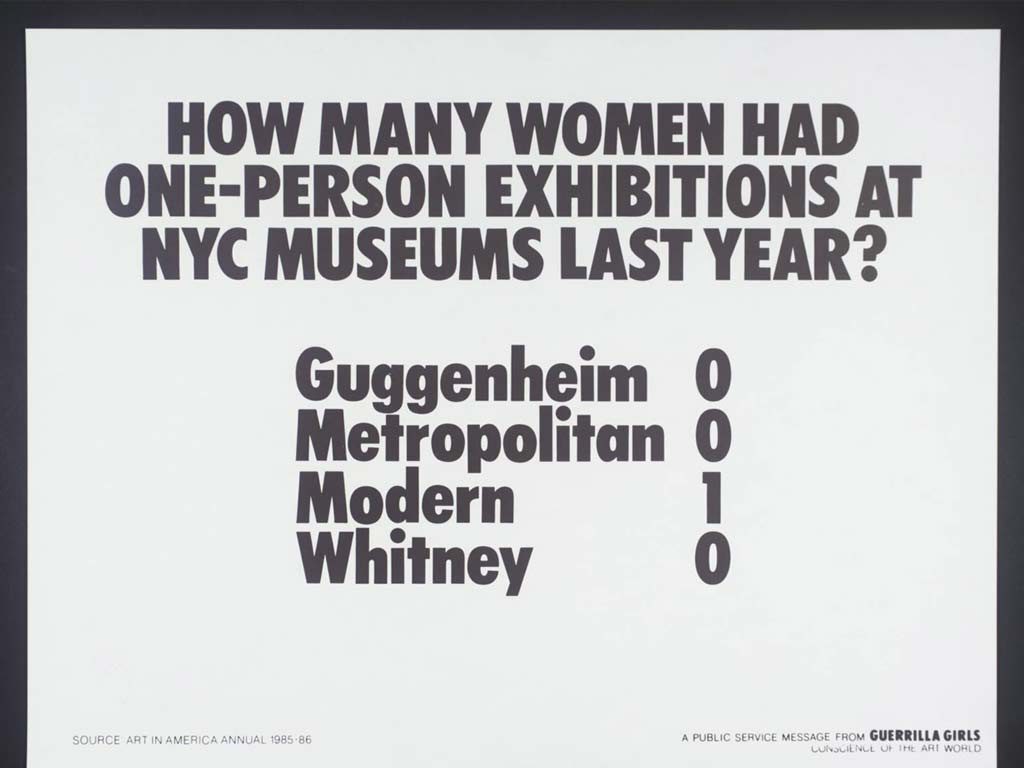
Over decades, whether masked or otherwise, women have been at a constant battle with society to gain the respect they deserve for their work. Time will tell when the waves of differentiation will cease.
It for us to decide: How are we going to go on with the mentality of ‘Change will come, only slowly’? Are we willing to fast-track this movement by proving the deniers wrong with facts?
Women, power, art, recognition – these are all familiar grounds for all of us. Are you a woman? Are you an artist? Do you believe your work is under appreciated? Tell us about your experiences in the comments below.
Recommended: ‘I Could Have Made That’: How To Understand Conceptual Art 101






![Social alienation is a sharp tactic in the toolkit of domination [although, here it is the extension of female subordination]. Photo by Hans Van Den Berg/ flickr.com](https://b-change.me/wp-content/uploads/2018/01/1sTnAkZgJEx1Yb6fctMyVuA-570x300.jpeg)




